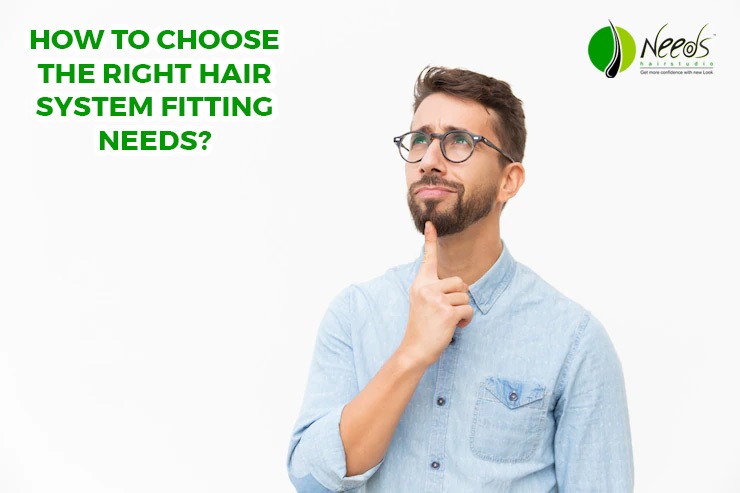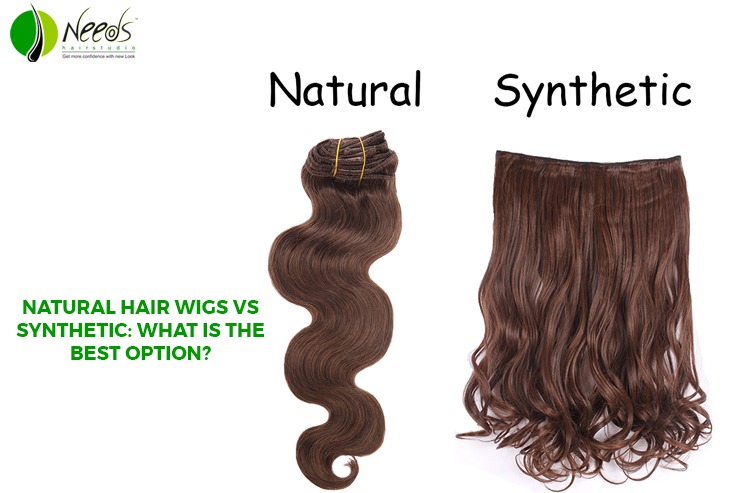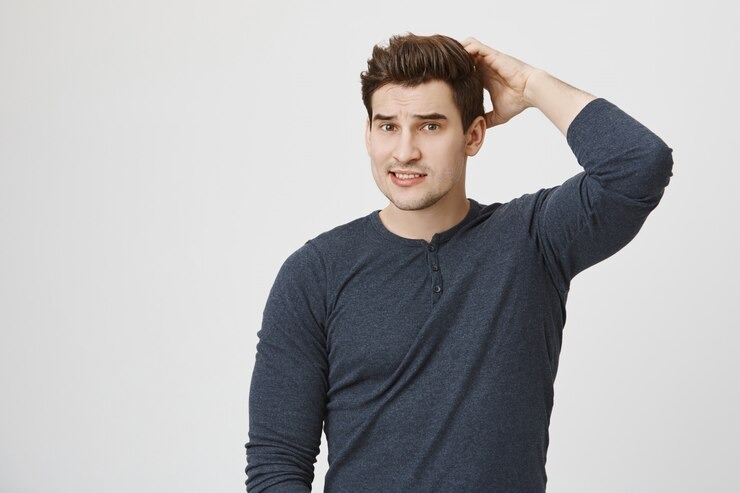People are familiar with microblading for full brows. There is indeed a similar practice for one’s scalp. Clients are very concerned about the side effects of scale micropigmentation. This procedure is known as scalp micro-pigmentation (SMP) and creates the illusion of fuller hair.
The exact difference between the two needs to be understood, as well as aspects of scalp micropigmentation before and after.
Of course, both fall under the category of micro-pigmentation [microblading and micro-pigmentation], which are very different methods of implanting pigment, according to experts.
While micro-blading is usually performed with a manual blade, micro-pigmentation is done by making use of an electric tattoo device. This is so because more power is required to penetrate the skin on one’s scalp, which is thicker than the skin under one’s eyebrows.
How does SMP work, and who can benefit from it?
The goal of SMP is not to create hair-like lines like micro-blading eyebrows but instead to make use of tiny, layered dots in different hues of black to replicate the look of a shadow on one’s scalp. This style, referred to as pointillism, is indeed carried out to create natural-looking depth and definition.
A skilled practitioner will rather work to ensure the dots look like natural hair follicles and blend in seamlessly with one’s complexion.
This process can be beneficial for people who are faced with all forms of hair loss. This does include folks with:
- Cancer.
- Thinning hair.
- Alopecia.
- Male and female pattern baldness.
Does it hurt? Scalp micro-pigmentation side effects
Before the procedure, the SMP practitioner will apply a topical numbing agent to one’s scalp. Yet there can still be some discomfort. Yet much depends upon one’s pain tolerance levels.
People suffering from scalp acne or other skin sensitivities such as psoriasis need to avoid getting SMP during a breakout or even a flare-up, as it would be difficult to apply pigment to inflamed areas. If a person is prone to developing keloids, which are more common in darker skin, then he or she may also not be a good candidate for SMP.

A few general guidelines:
- Shower prior to each treatment, as washing or wetting one’s scalp (this includes sweating excessively) for four days after each appointment may not be possible.
- Each treatment takes between four and five hours.
- The number of treatments depends on the amount of scalp getting SMP.
- Treatments will be scheduled a few weeks apart.
In the weeks between treatments, avoid swimming, using steam or sauna rooms, or taking extremely hot showers that may cause a steam storm.
Avoid exposing one’s scalp to the sun for the first four days (wearing a hat is fine). On the fifth day after treatment, the person can expose the treated skin to the sun for one hour, or 45 minutes if he or she has very fair skin.
Less sun exposure to the treated area means better long-term retention of the course
After final treatment guidelines:
- Avoid swimming, saunas, and steam rooms for 28 days after the final treatment.
- Keep out of the sun for 28 days after one’s treatment. Thereafter, use SPF 30–50 sunscreen.
- Avoid heavy exercise for five days after one’s final treatment.
- Begin to regularly moisturize the treated area after the fourth day of one’s final treatment.
How much does it cost, and how long does it last?
The price of SMP varies depending on how much of one’s scalp needs to be covered. Micropigmentation is considered semi-permanent. While the effects can last up to eight years, the treated area will fade over time since all skin naturally exfoliates itself.
While the color may tend to lighten, it’ll only change if an incorrect pigment is used.
Conclusion
SMP is indeed an investment, but if performed correctly by a qualified and trained artist, it can indeed be a truly confidence-boosting procedure.




